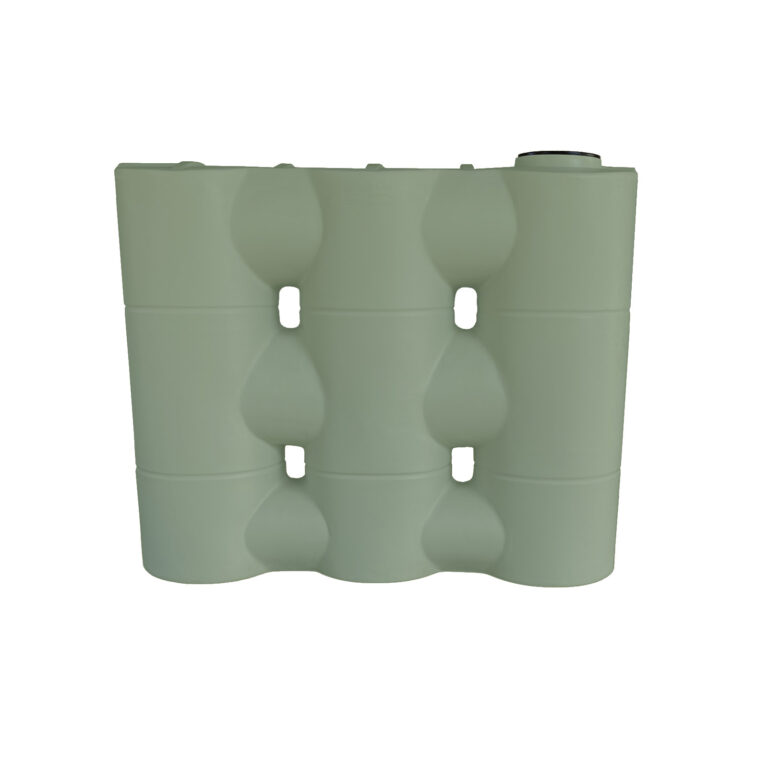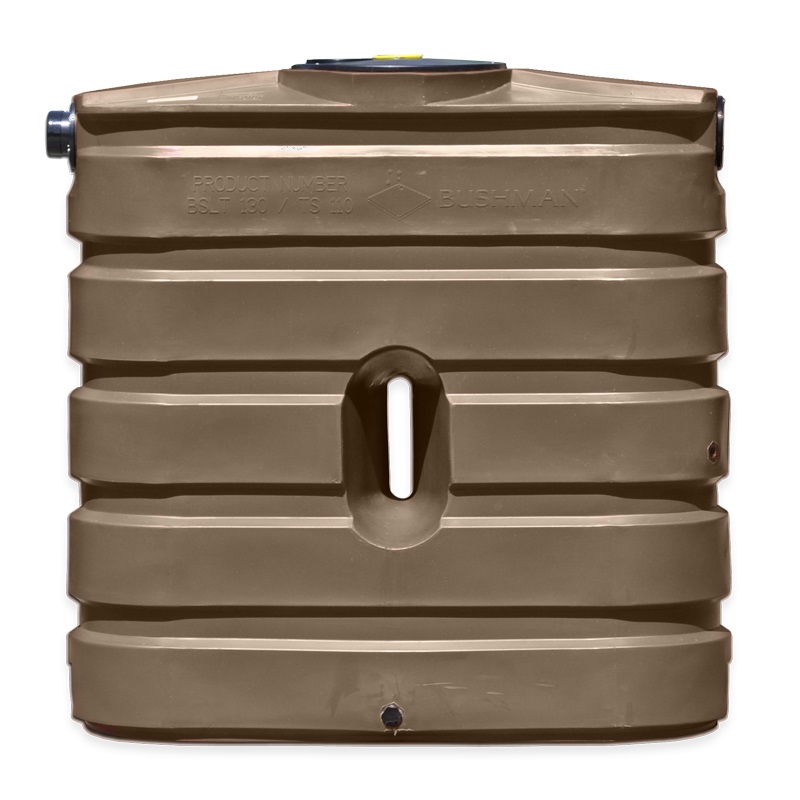Slimline Water Tanks: Trendy and Practical for Modern Homes
Slimline Water Tanks: Trendy and Practical for Modern Homes
Blog Article
Understanding the Significance of Rain Containers in Drought-Prone Regions for Water Security
In areas vulnerable to long term dry spells, the function of rainwater tanks in strengthening water protection is a topic of growing relevance. As neighborhoods grapple with the obstacles of water shortage, understanding the value of these storage tanks surpasses plain collection of rainwater. Rain containers function as a vital device in reducing the impact of water scarcities by supplying a sustainable resource of water for various needs. The real worth of rainwater containers extends much past simple storage space; it encompasses resilience-building procedures and the promo of long-lasting water preservation strategies. This diverse strategy to water safety and security warrants a more detailed examination of the function rain tanks play in making sure a reputable water supply during times of dry spell.
Advantages of Rain Containers
Utilizing rainwater tanks offers a sustainable solution for boosting water and enhancing water security in residential and commercial settings. One of the primary benefits of rain containers is their capacity to lower dependence on keys water. By recording and saving rain that falls on rooftops, this alternative source can be made use of for numerous non-potable objectives such as watering, flushing bathrooms, and washing clothes. This not just preserves treated drinking water but also decreases water costs for individuals.

Rainwater Harvesting Methods
Rainwater gathering methods incorporate an array of approaches designed to efficiently collect and store rainwater for various purposes, contributing to water conservation and sustainability. One common technique is the installation of rooftop catchment systems, where rainwater is collected from the roof of a building and directed to a storage container. This approach is reasonably straightforward and cost-efficient. An additional preferred strategy is the usage of above-ground or below ground storage tanks to store rainwater for later usage. These containers are available in different sizes and materials to suit different needs and can be attached to the existing plumbing system for easy accessibility.

Additionally, rainfall gardens and absorptive pavements are cutting-edge methods that involve landscape design or paving surface areas in a manner that permits rainwater to percolate right into the ground, replenishing groundwater books. Additionally, shape farming and terracing are farming practices that assist record rainwater and stop dirt erosion in uneven surface. By executing these diverse rain harvesting techniques, communities can enhance water protection and resilience in drought-prone regions while promoting lasting water monitoring practices.
Significance of Water Protection
Ensuring reputable accessibility to tidy and enough water resources is critical for sustaining human health and wellness, financial growth, and environmental well-being. Water protection is an important facet of social resilience, particularly in regions vulnerable to droughts and water shortage. Sufficient water safety includes different measurements, consisting of accessibility, high quality, and availability of water for residential, farming, industrial, and environmental requirements.
Water safety and security plays an important function in promoting public health by decreasing the prevalence of waterborne diseases and ensuring hygiene centers. Financially, water safety is necessary for agricultural productivity, industrial procedures, and general financial growth. Slimline water tanks. Water safety is carefully linked to ecological sustainability, as it sustains communities, biodiversity, and overall eco-friendly equilibrium.
In drought-prone visite site regions, water security ends up being a lot more critical as a result of the heightened threat of water lacks. Executing strategies like rain harvesting, water recycling, and effective water management methods can considerably enhance water safety in these areas. By focusing on water safety and security, communities can much better endure the influences of climate change, population development, and other obstacles that intimidate water accessibility.
Enhancing Water Durability
With boosting global water obstacles, developing durability in water see this website supply has come to be a crucial emphasis for sustainable development efforts. Enhancing water durability entails carrying out methods to guarantee water schedule and high quality despite changing environmental problems, such as dry spells, floods, and pollution.
One secret facet of enhancing water durability is advertising making use of rainwater tanks in drought-prone regions - Slimline water tanks. Rain containers work as an effective means of catching and keeping rain for later usage, lowering reliance on scarce freshwater resources throughout dry periods. By incorporating rainwater harvesting systems into water administration plans, neighborhoods can improve their capability to hold up against water deficiency and keep water security

Lasting Water Preservation
Amidst intensifying water obstacles, the prudent administration of water sources through sustainable preservation practices is crucial for ensuring long-term ecological security and social well-being. Sustainable water preservation requires the efficient use water sources to fulfill current requirements without endangering the ability of future generations to meet their own demands. By carrying out strategies such as rainwater harvesting, greywater recycling, and water-efficient innovations, areas can lower water wastage and reduce pressure on freshwater sources.
Moreover, lasting water preservation techniques add to ecosystem health by maintaining sufficient water degrees in rivers, lakes, and marshes, sustaining biodiversity, and protecting all-natural environments. These techniques additionally play a crucial role in reducing the effects of climate modification by aiding to adjust to transforming rainfall patterns and water schedule.

Final Thought
In verdict, rainwater storage tanks play a crucial function in boosting water safety and security and durability in drought-prone areas. By utilizing rain harvesting strategies, communities can minimize their dependence on traditional water sources and promote lasting water preservation practices. This not only assists minimize the impacts of water shortage throughout dry spells yet also adds to long-lasting water protection and resilience when faced with climate modification obstacles.
Report this page